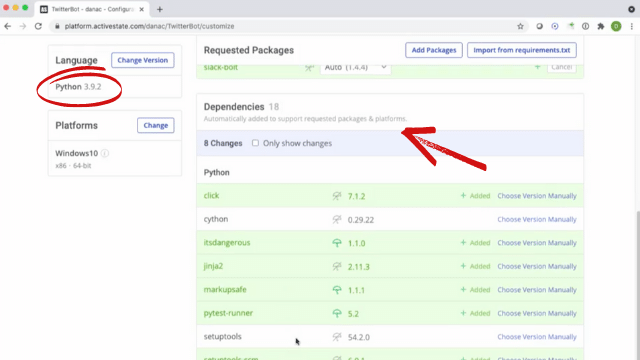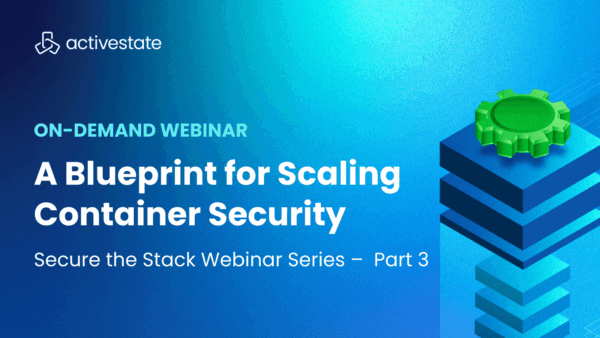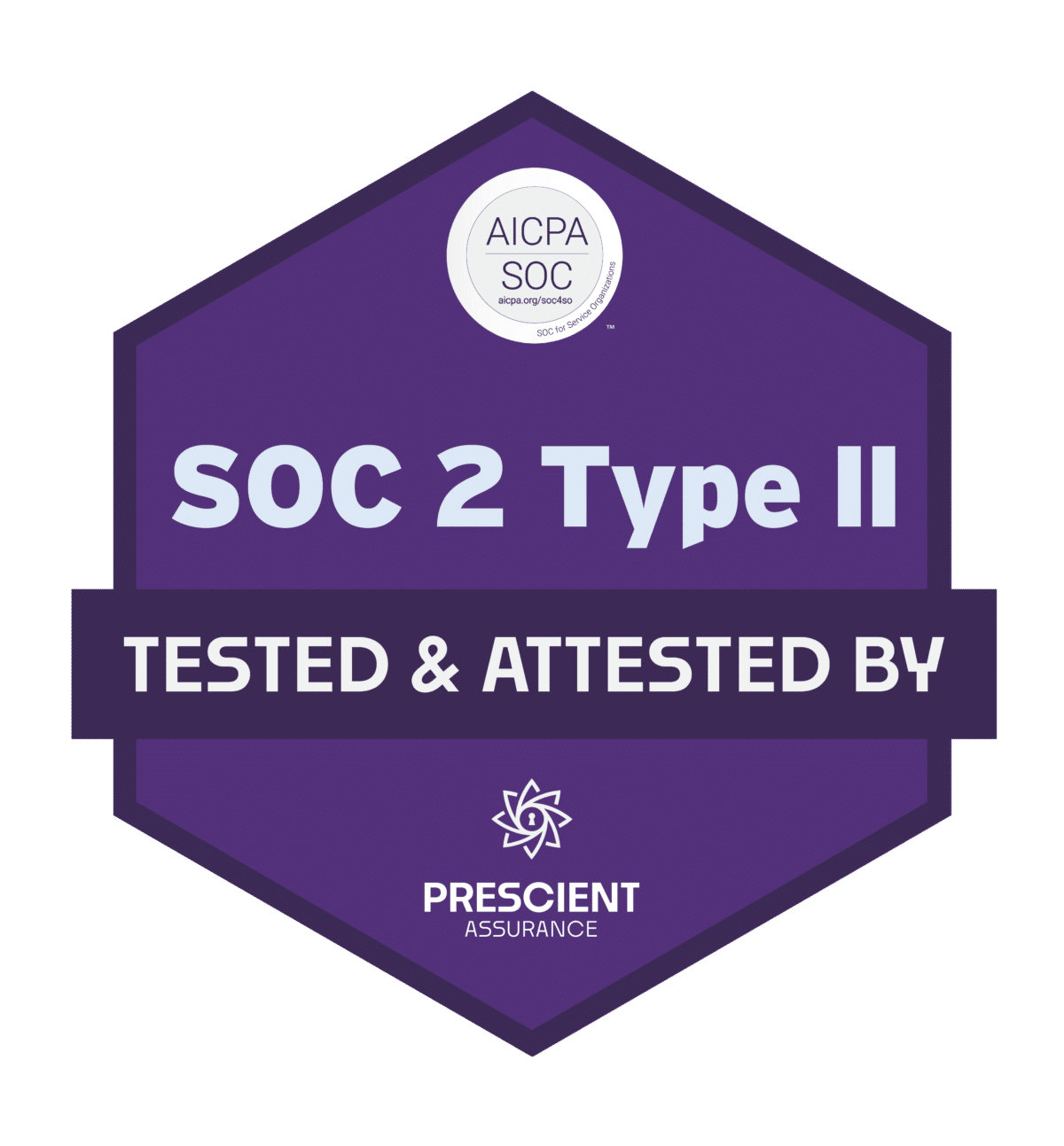ActiveState Platform: How to make a Python 3.9 Runtime using the Platform (Web GUI)
Learn how to use the ActiveState Platform to create a Python 3.9 environment in minutes, and then use the Platform’s CLI (State Tool) to install and manage it.
The video shows you, step by step, how to create a Python 3.9 environment for your project running on either Windows or Linux. The video walks you through how we created the environment for our Slack-to-Twitter bot project explained here.
The Platform lets you visually select a Python version, your target OS, and any packages you want to start with, resolves all dependencies, and then builds everything in parallel from source, including linked C libraries. Post-installation, you can continue to add, remove or upgrade Python packages using the State Tool’s CLI commands, and the Platform will automatically update and maintain your environment, ensuring you never get into a compromised state.
 Watch Next: How to create a Python runtime from requirements.txt file
Watch Next: How to create a Python runtime from requirements.txt file
At ActiveState, we use the Platform to build not only our popular open-source language distributions, but also custom runtimes for our enterprise clients (i.e., builds containing just the language and packages their project requires). Try it out yourself or get a demo and understand how it can support your enterprise’s open-source needs.






